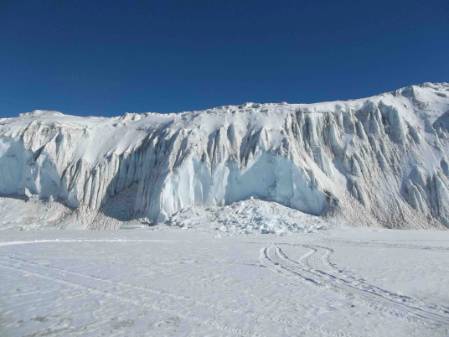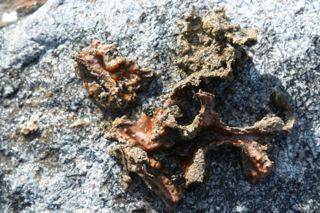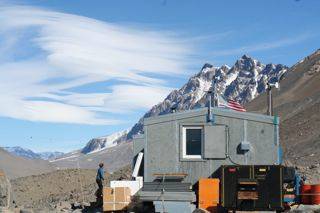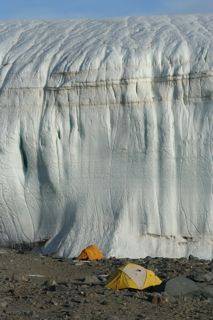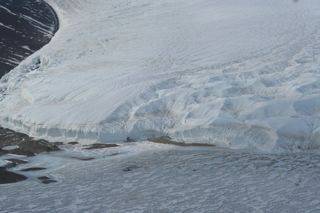The ice mass on Antarctica is the largest body of frozen water in the world so it is unsurprising that our drinking water is melted glacier ice. Our camp is near Canada Glacier and for several days some of us go over to Canada Glacier to collect chunks of ice that have fallen off the glacier. These chunks of ice are called glacier berries by the locals.
Trip to Canada Glacier to collect glacier berries
Standing among the glacier berries
7966 Views
0 Comments
0 References
Permalink
Tags:
antarctica,
canada_glacier,
valley,
mcmurdo_dry,
glacier_berries



